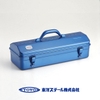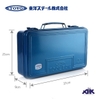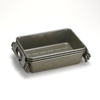
Car Logos, History and Origin
Basically, the cars' logos are the introduction to the companies' tales, most of them showing symbols or signs that remind us of the thrilling experiences the automaker had to go through to stay alive.
As we all know, every single car company out there has its very unique history, mostly related to the way it managed to emerge from a tiny entity into a huge conglomerate that sells hundreds of thousands or maybe millions of vehicles a year. And some of these stories are indeed fascinating and captivating and each of us is invited to find them out once the dealers hands us the keys.
Basically, the cars' logos are the introduction to the companies' tales, most of them showing symbols or signs that remind us of the thrilling experiences the automaker had to go through to stay alive. Today, we're inviting you to a journey through some of the most important car logos, so keep reading to find the tales hidden behind the emblems we see every time we get behind the wheel.
 |
Ford is surely one of the most powerful automakers in the whole world and the fact that it managed to survive the 2009 crisis without government help comes to confirm this. And the origins of its logo are at least as interesting as the company's past: Harold Wills, often considered Henry Ford's main help within the company, had his very own business card printing company before working for Ford. When Henry Ford decided to choose a badge for the company, Wills designed the first sketch of the logo using his printing equipment and a font he used on business cards |
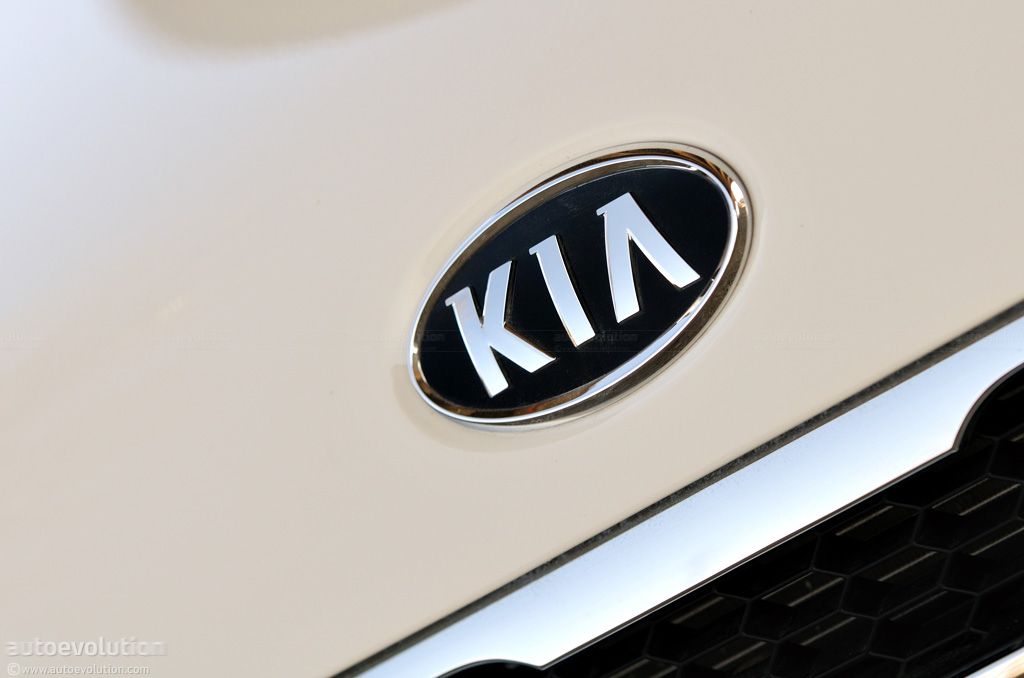 |
The South-Korean brand Kia owns quite a simplistic logo that does nothing than to show the company's name on a (usually) red background. However, if you split the word into two separate parts, the term Kia also has a different meaning. In Korean, KI (the first two letters of the name) stands for "arise" while the A is believed to represent Asia, Kia's natal continent. In this context, the name translates into "arise from Asia", hence matching the company's slogan "The power to surprise". |
 |
Based in Hiroshima, Japan, Mazda is becoming more powerful in most markets, especially in Europe where its models are getting more powerful thanks to the company's efforts in the fuel consumption and emission areas. Its logo, which suffered several modifications as time passed by, has multiple interpretations. The company's name, which is inspired by the ancient Iranian prophet Zoroaster, seems to serve as source of inspiration for the badge as well: the restyled "M" (which looks like two spanned wings) is believed to represent the company's flight to the future. |
 |
Mercedes-Benz, an iconic premium and luxury, has been around for a long time but the brand "Mercedes" was only registered in September 1902. The three-pointed start logo however saw daylight in 1909 on a Daimler vehicle and represented the company's domination of land, sea and air. Just as expected, the badge got several "facelifts" as the company grew bigger, but the first interpretation is believed to date back to early 1900 when Gottlieb Daimler drew a star on a picture, adding the following text: "this star would one day shine over own factory to symbolize prosperity." |
 |
The Japanese carmaker Mitsubishi is the subject of several theories when it comes to its logo and although several people are talking about them, there's no official information supposed to put things straight in this matter. According to some sources, the Mitsubishi designation is actually a combination of the words "mitsu" (three) and "hishi" (water chestnut, which could be translated into "diamond"). In other words, the term Mitsubishi could mean "three diamonds", hence the logo of the company. However, there are two interpretations of the logo. Some people consider that the three-diamond logo stands for a mix of the Iwasaki family (who established the business) crest, three stacked diamonds, and the three-leaf crest of the Tosa Clan. On the other hand, the three diamonds could represent the three main attributes describing the company: responsibility, ethics and communication. Last but not least, the logo could actually represent a ship propeller, reminding us of the beginning of the Mitsubishi business. |
 |
Renault, now involved in one of the world's biggest alliances with Nissan, changed its logos for over 10 times since it was founded. The French carmaker used an entirely different badge, showing the initials of the three Renault brothers (Louis, Ferdinand and Marcek) drawn on a medallion. The diamond badge was only adopted in 1925, while the 3D perspective was added in 1972 by Victor Vaserely. The last "facelift" of the logo was rolled out in 2007 when the company placed the Renault designation just underneath the diamond, on a yellow background - which is believed to stand for quality. |
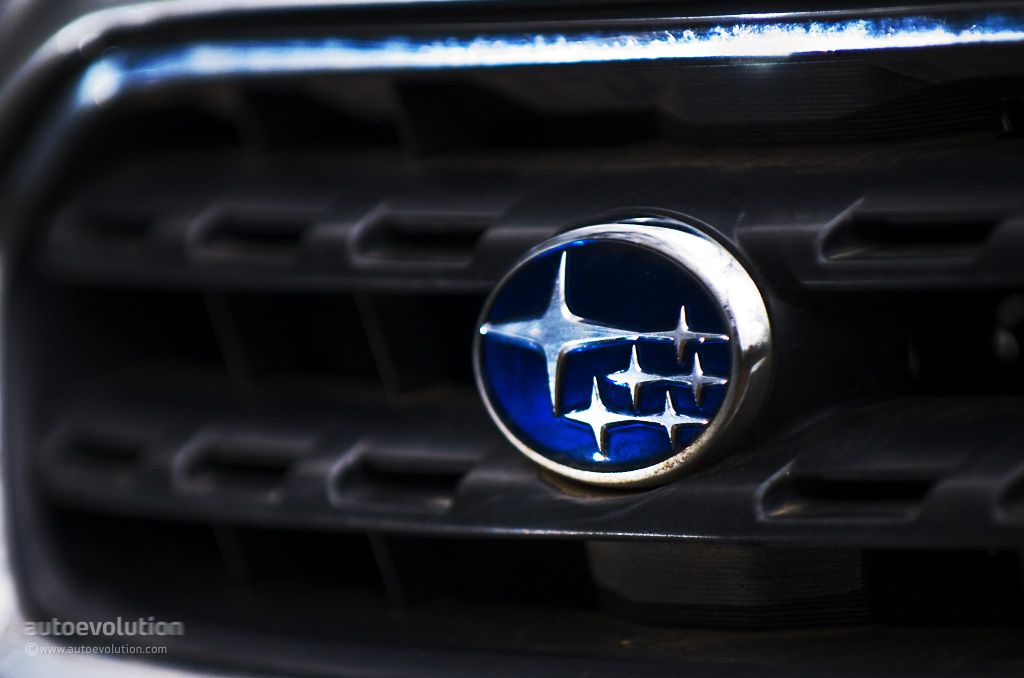 |
Subaru's name is actually the Japanese translation of the Pleiades star cluster, which also means "to gather together". The six star logo represents the five companies that joined forces (Fuji Kogyo, Fuji Jidosha Kogyo, Omiya Fuji Kogyo, Utsunomiya Sharyo and Tokyo Fuji Sangyo) to form Fuji Heavy Industries (the biggest star in the logo). |
 |
The Czech manufacturer which now exists under VW Group's ownership got its first logo when the company only produced bicycles using the Slavia designation. The badge was thus comprising the Slavia term plus the names of the two owners, Laurin & Klement. The first logo under the Skoda brand came out in 1926 and obviously included the Skoda name surrounded by an oval decorated with laurels. The popular “winged arrow” design was brought to life in the late '20s and was used for a long time, until 1990. It was believed to be the creation of commercial director of Skoda Plzen, T. Maglic. The current logo was adopted during the '90s and comprises the same winged arrow, now painted in green with black surroundings. The two colors are supposed to represent the company's interest for environment protection and its 100-year history, respectively. |

























